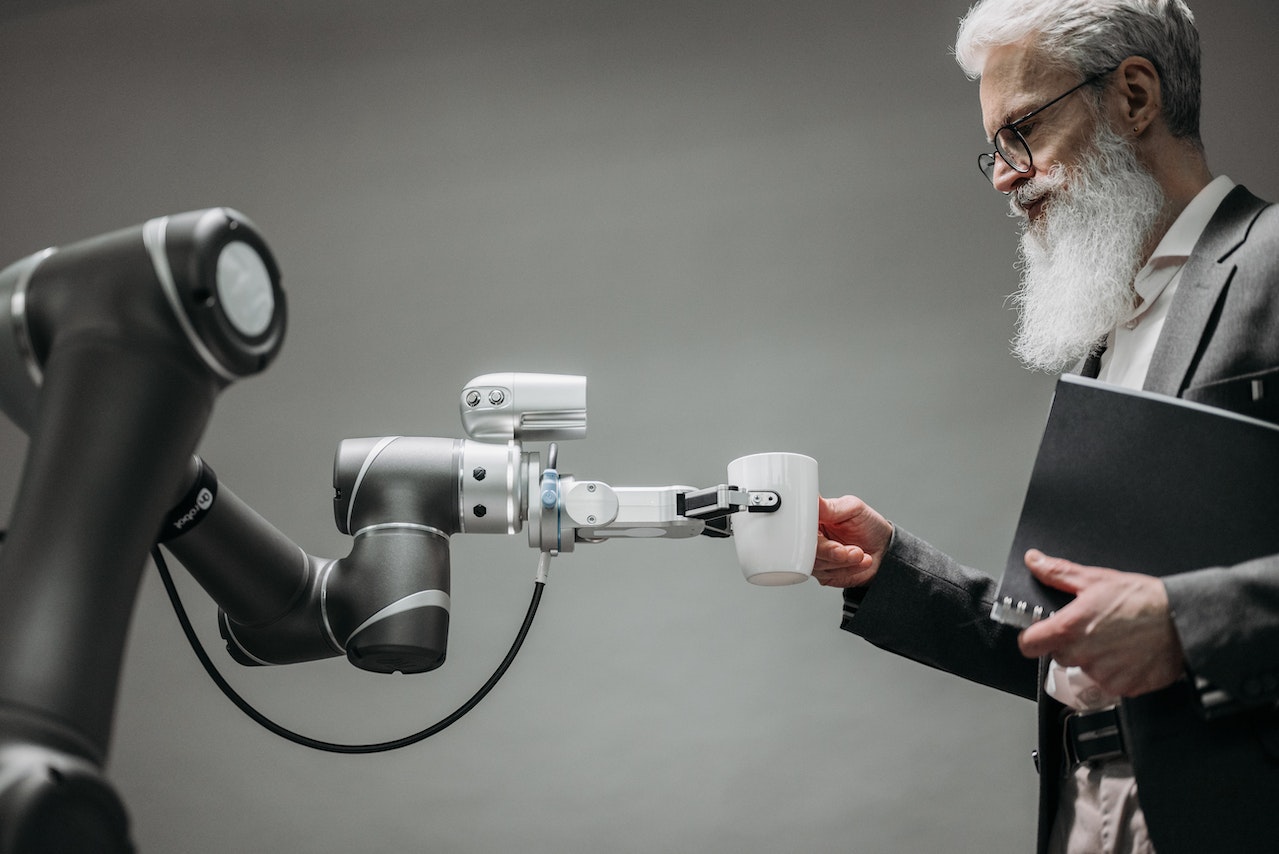China has emerged as a global leader in the field of robotics, making significant strides in technological advancements and the integration of robots across various sectors. The country’s ambitious pursuit of innovation and automation has fueled the growth of its robotics industry, transforming industries, enhancing productivity, and shaping the future of work. This article explores China’s journey into the world of robots, highlighting its achievements, applications, and the implications for both the economy and society.
Technological Advancements
China’s commitment to technological advancement has propelled its robotics industry to new heights. The country has invested heavily in research and development, fostering a culture of innovation and entrepreneurship. Chinese companies have developed cutting-edge robotics technologies, including artificial intelligence, machine learning, computer vision, and advanced sensors. These advancements have enabled the creation of robots with enhanced capabilities, intelligence, and adaptability.
Industrial Automation
China’s manufacturing sector has been at the forefront of embracing robotics and automation. The country’s industrial robots are widely used in factories, assembly lines, and production processes, streamlining operations and improving efficiency. The integration of robots has resulted in higher productivity, improved quality control, and reduced labor costs. Industries such as automotive, electronics, and logistics have witnessed significant transformations, with robots performing repetitive tasks, precision work, and handling hazardous materials.

Service Robots
China has also made significant progress in the development of service robots that cater to a wide range of applications. Service robots are utilized in sectors such as healthcare, hospitality, retail, and agriculture. They can assist in tasks such as patient care, customer service, inventory management, and crop monitoring. Chinese companies have introduced humanoid robots, delivery robots, and companion robots, showcasing the versatility and potential of robotics in enhancing various service-oriented industries.
Robotic AI Integration
Artificial intelligence (AI) plays a crucial role in China’s robotic revolution. AI-powered robots possess the ability to learn, adapt, and make decisions based on data analysis. These robots can perform complex tasks, interact with humans, and even demonstrate emotional intelligence. The integration of AI and robotics has immense potential in sectors like healthcare, education, and elderly care, where personalized and intelligent assistance is in high demand.
Implications for Employment
The widespread adoption of robots in China raises questions about the impact on employment. While robots have the potential to replace certain manual and repetitive jobs, they also create new job opportunities. The growing robotics industry has increased the demand for skilled workers in areas such as robot programming, maintenance, and system integration. Moreover, the use of robots can free up human workers to focus on higher-value tasks that require creativity, critical thinking, and emotional intelligence.
Challenges and Future Outlook
As China continues to push the boundaries of robotics, it faces challenges such as regulatory frameworks, ethical considerations, and public acceptance. Striking a balance between technological advancements and social impact is crucial. The Chinese government is actively addressing these challenges by formulating policies, promoting standards, and investing in talent development. China’s dedication to robotics research and development, combined with its robust manufacturing capabilities, positions the country to be a dominant force in the global robotics market.

China’s remarkable progress in robotics signifies its ambition to lead the way in technological innovation and automation. The integration of robots across industries is transforming traditional practices, enhancing productivity, and redefining the future of work. As China continues to invest in research and development, foster collaboration, and address challenges, the nation is poised to shape the global robotics landscape. With a blend of technological prowess, industrial capabilities, and a vision for the future, China’s journey with robots is set to revolutionize multiple sectors and contribute to a more automated and technologically advanced world.
